Up Next

So far, Renault’s 2020 Formula 1 season has been one of disappointing results, unreliability and false promise. It sounds very familiar for a team that appeared to be on the road to fulfilling its ambitions to become a major player after finishing fourth in the championship in 2018 but then stagnated.
There have been moments where the Renault has looked to pose a big threat towards the front of F1’s midfield, although it’s difficult to know exactly where to look for it on the timesheets. Certainly, there have been times when the drivers have been frustrated by what appears to be performance lost between sessions.
Renault has yet to get two cars into the points in a grand prix in 2020, finishing in eighth place in every race staged so far. And while three race weekends spread over two circuits is an inadequate data set, its deficit to the outright pace – 2.148% on average – is almost identical to that of 2018.
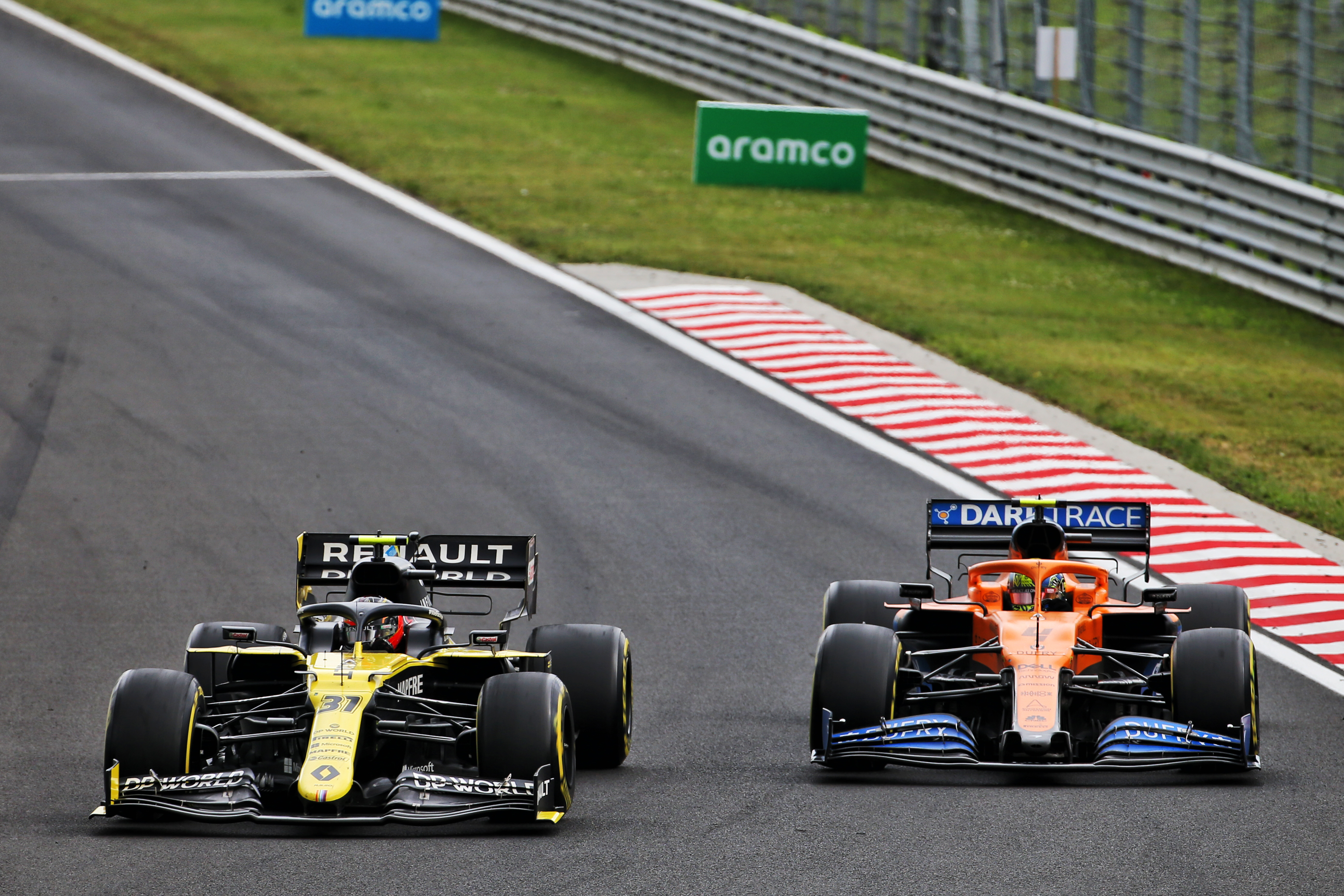
While pace to the front is a useful measure, the ideal comparison point for Renault is alongside it in the midfield group – customer team McLaren. Both last year and this year, McLaren was faster but the gap between the two is surprisingly consistent.
Renault’s deficit to McLaren in Austria last year, measured based on the deficit of the two teams to the outright pace, was 0.661%. In the two Red Bull Ring weekends this year, the deficit was 0.631% and 0.649%. Closer, but by a trivial margin.
In Hungary last year, Renault’s deficit was 1.026% but this year the gap to McLaren was 0.945%. That’s a slightly bigger gain but hardly seismic. While the car is faster than last year’s – by 1.1s at the Hungaroring and just over half a second at the Red Bull Ring – relative progress is everything and by that measure Renault has stood still so far.
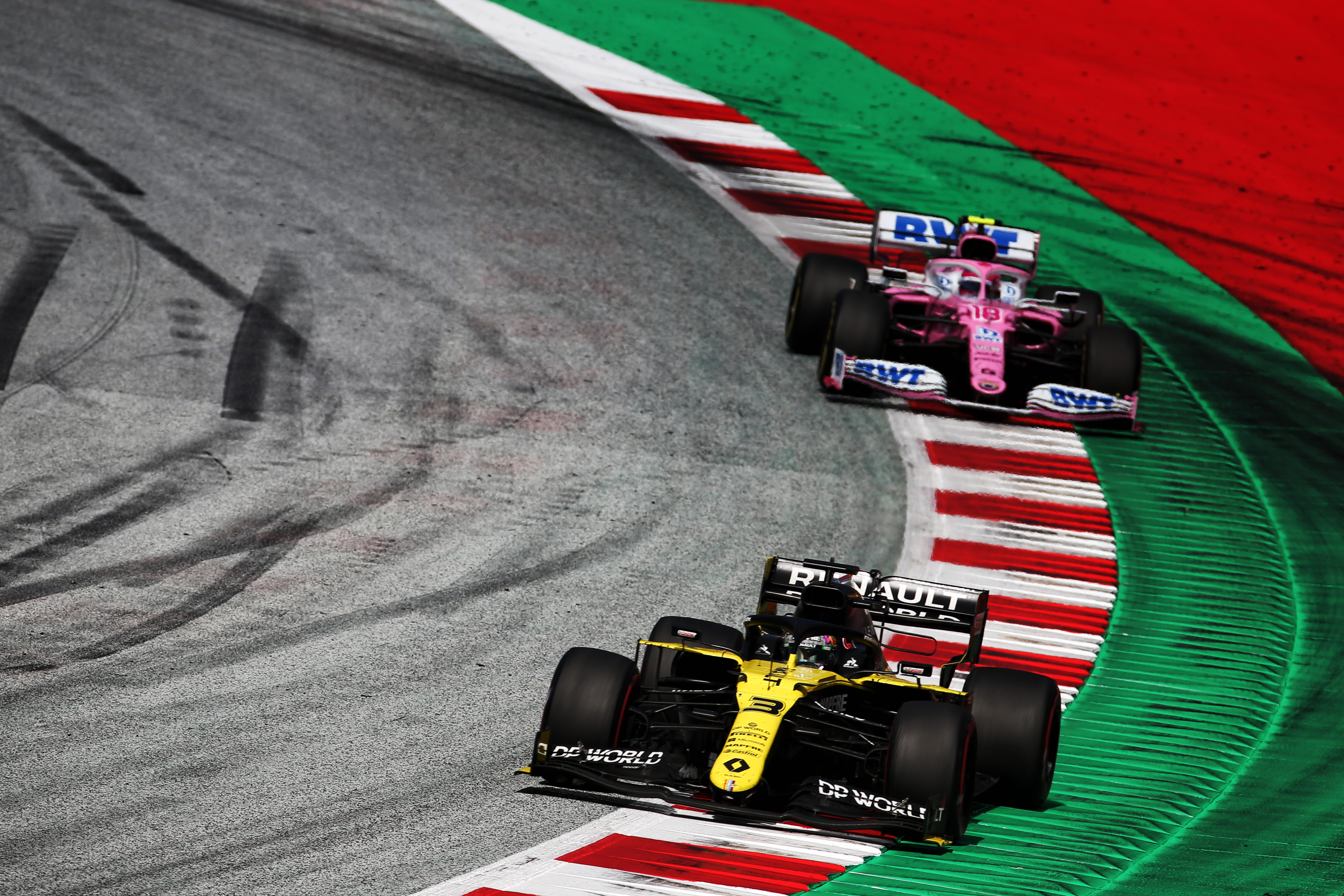
The car has had pace in fits and starts, although tellingly that tends not to be in the moments that really count. Ricciardo should have had a better result in the Styrian Grand Prix, perhaps as high as fifth had he not been divebombed by Lance Stroll late on, but overall Renault has not had the same peaks as its immediate rivals.
“We’ve had eighth in every race and it isn’t bad, but I really do feel that we’ve had a bit more speed than an eighth-place car in all three of those races – at least the last two,” said Ricciardo after the Hungarian Grand Prix. “I feel like we’re not far from one of those top-five, top-six finishes.”
Renault team principal Cyril Abiteboul recently revealed Fernando Alonso’s belief that only 2022 matters. Alonso is correct that the team’s focus should be on being in the best possible shape for the new technical regulations where the cost cap ensures the team is no longer fighting teams with bigger budgets.
To capitalise on that opportunity, Renault needs to learn as much as it can from its 2020/21 car and show it is on top of understanding it.
It’s still early days in that regard given it has altered its nose concept significantly and has made big changes – partly because of its struggles in making sure the all-important bargeboard area interacts as required with the front of the car. The jury is still out on whether that weakness has been addressed and the evidence so far isn’t especially encouraging.
But the data set for 2020 is still limited, so we have to reserve definitive judgement on Renault. If it continues to have a car that is difficult to get the best out of consistently, which is almost certainly going to be down to a gap in aero understanding, that will be a concern for the long-term prospects.
The next test will be at Silverstone, where more updates are due, on top of the ‘triple’ upgrade package introduced for the Austrian GP.
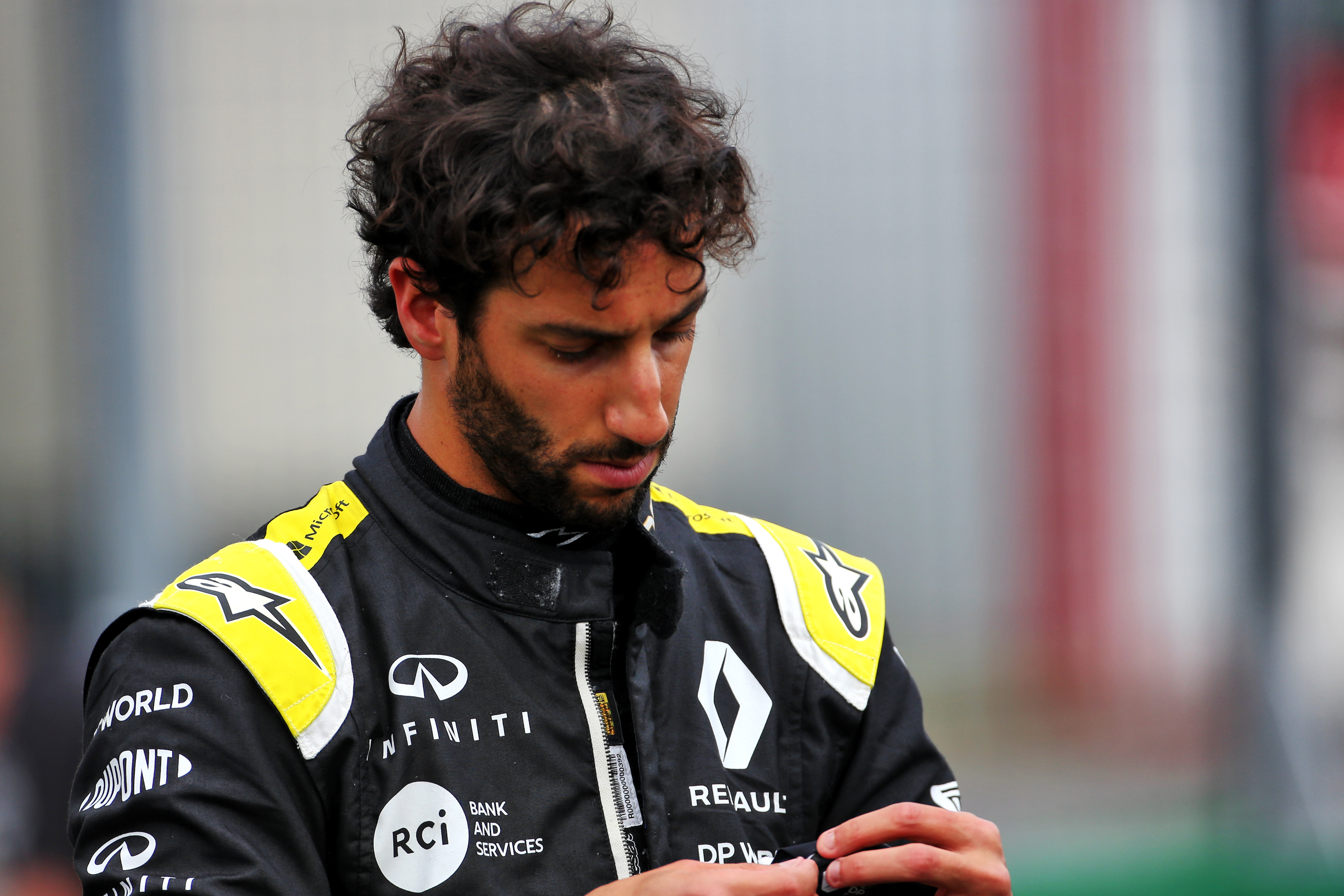
“Updates are always pretty nice and handy and Silverstone is one of those tracks – really flowing, medium/high-speed corners where the car is loaded and everyone‘s trying to work on this area of the car to keep some downforce in that high-speed roll,” said Ricciardo.
“So Silverstone will test that and hopefully these updates can help.”
That inconsistency appears to be exaggerated for newcomer Esteban Ocon. In dry conditions, he’s had a difficult season so far – although showcased how good a driver he is with a superb qualifying performance in the wet for the Styrian Grand Prix that might have netted third place had he had a fresh set of wets available for Q3.
It took Ricciardo time to get on top of the demands of last year’s Renault, so Ocon can be cut the same slack. But the gap between the pair was exaggerated in Hungary, where Ocon was just 0.081s slower in Q2. That put him three places behind Ricciardo and on the more slippery side of the grid, adding up to a seven-place difference at the end of the first lap and very different races that ended 40s apart.
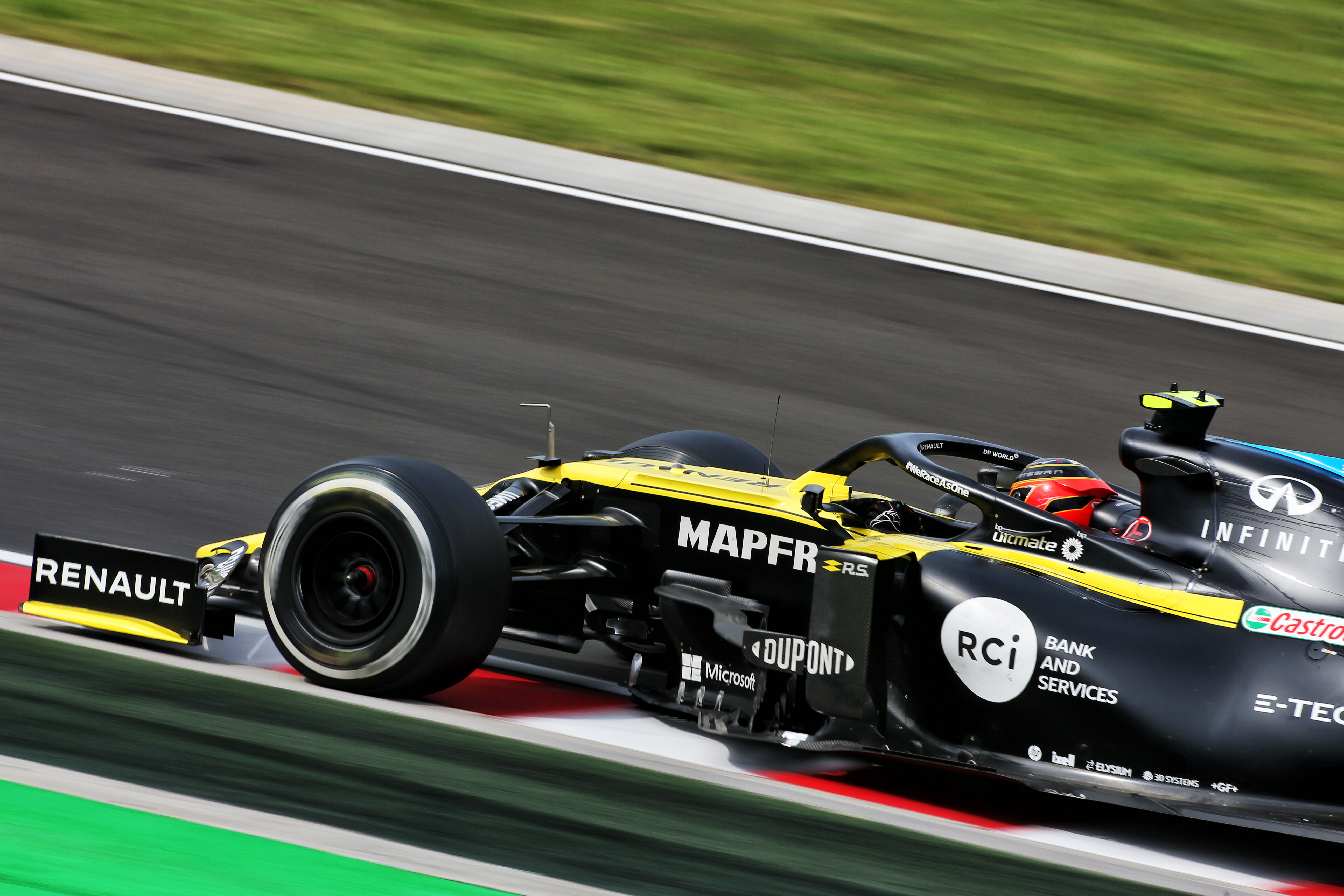
But Ocon will certainly benefit from a more predictable and consistent car, something he confirmed when asked about this by The Race after qualifying last weekend.
“I would say we have a bit of work to do on that, on the consistency of it,” said Ocon. “Run by run, we seem to struggle sometimes with just putting in the lap and just how the performance is with the set-up. So yes, this is also an area we have to work on.”
Ricciardo suggested that it’s still a volatile midfield overall and also pointed to the unusually low Hungaroring track temperatures potentially distorting the picture.
“Red Bull, Ferrari, ourselves, we’ve had moments of surprise and then less good moments,” said Ricciardo after qualifying in Hungary. “There’s a few teams which are struggling to hit that sweet spot all the time. I felt we hit it yesterday and we obviously missed out a little bit today.
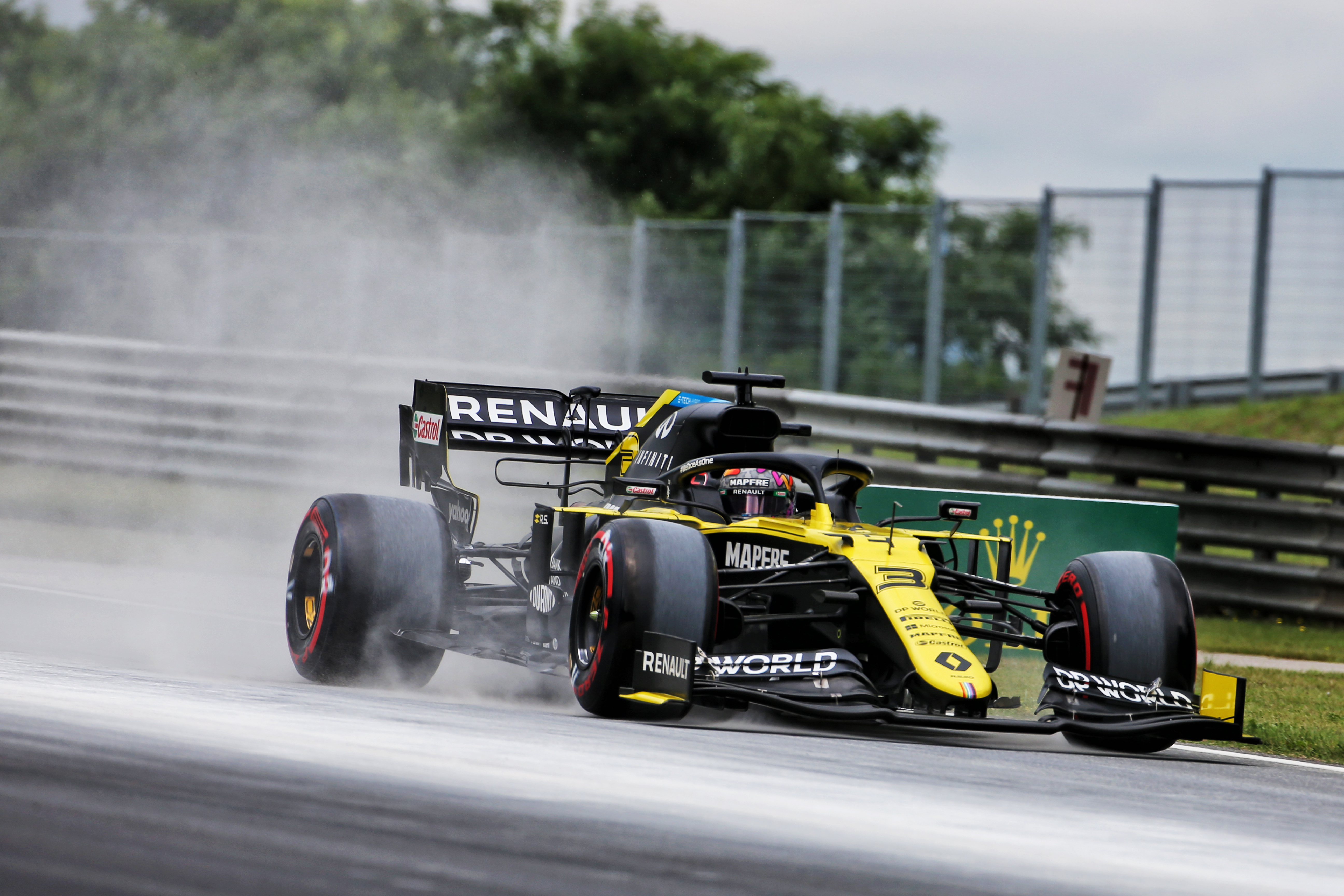
“Obviously, the rules and regs haven’t changed much and I don’t feel the cars are any more tricky than last year or anything but the one thing I would say maybe here is the cold track temperature, that’s really thrown a bit of a curveball.
“Unless it’s raining we normally expect 30-odd degrees around here and it’s been really cold and quite hard to get the tyres going. So it could just be one of those things, just switching the tyres on and some are managing it and some aren’t.”
Right now, Renault is in the midfield morass that means it can very easily slide outside the top 10 if not on top of things, but could also have better results within its grasp. It might well be that consistency will come, particularly with big changes to learn about in the front-end concept this year.
But with customer team McLaren – facing the boost of a switch to Mercedes power next year – having the same ambitions to get to the front and capitalise on the opportunity of 2022, we need to see more from Renault to confirm it’s back on that upward trajectory.



